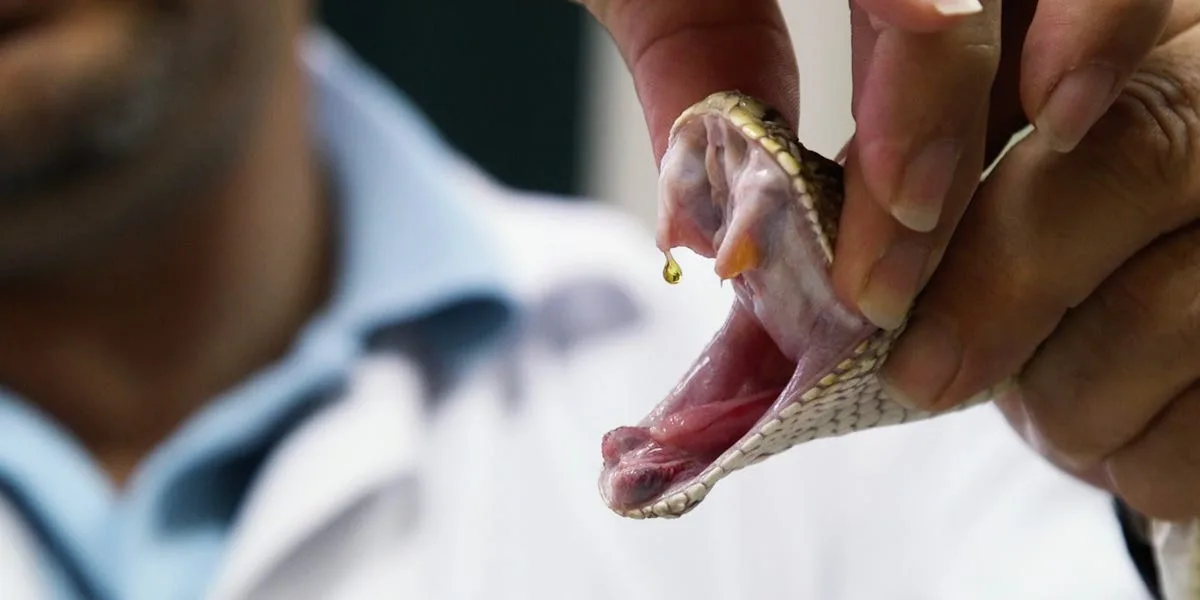The Expensive and Dangerous Process of Making Anti-Venom
Snakebite Statistics
Worldwide, between 4.5 and 5.4 million people are bitten by snakes each year, and as many as 137,000 people die from snakebites annually.
Venom from snakes can have devastating effects on the human body, including internal bleeding, nervous system damage, and cardiac arrest.
The Process of Making Anti-Venom
Producing anti-venom is a complex and dangerous process that involves handling venomous snakes and utilizing horses.
Step 1: Extracting the Venom
A snake handler carefully extracts venom from venomous snakes by tricking them into biting a glass container.
Step 2: Freezing and Freeze-Drying
The collected venom is then frozen and freeze-dried to remove moisture and preserve it for longer.
Step 3: Utilizing Horses
Horses play a vital role in anti-venom production because their bodies naturally develop antibodies to fight off snake venom. Horse blood is drawn every two weeks to extract antibodies.
Step 4: Production and Cost
The extracted antibodies are processed to create anti-venom, but the production cost is high, with one small vial costing between $15 and $20.
Accessibility and Shortage
While anti-venom can save lives, it is not always widely accessible, especially in countries like India and sub-Saharan Africa, where snakebite deaths are prevalent.
In some areas, traditional anti-venom is not effective against the bites of less common venomous snakes, and patients in rural locations face difficulty accessing treatment.
The cost of anti-venom can also be prohibitively high, with prices reaching as much as $39,000 per vial in the United States, making it unaffordable for many.
In regions where anti-venom production has ceased or is limited, such as sub-Saharan Africa, there is a severe shortage of this life-saving treatment.
Alternative Approaches
Scientists are exploring alternative methods of producing anti-venom to reduce costs and increase accessibility.
One approach being studied is the use of preserved snake specimens and laboratory techniques to develop antibodies without the need for horses.
These advancements could potentially lead to the production of anti-venom in bulk, making it more affordable and readily available to those in need.
In the future, researchers aim to develop an oral tablet that can neutralize the effects of snake venom.
Source: Photos show the process of collecting snake venom to produce life-saving anti-venom







